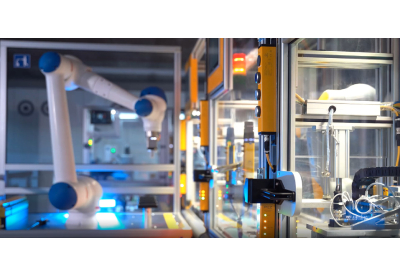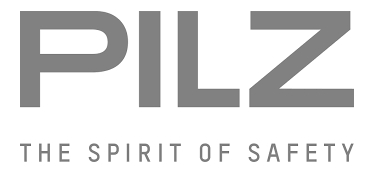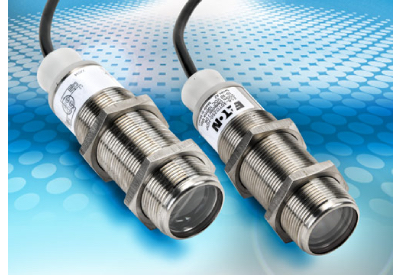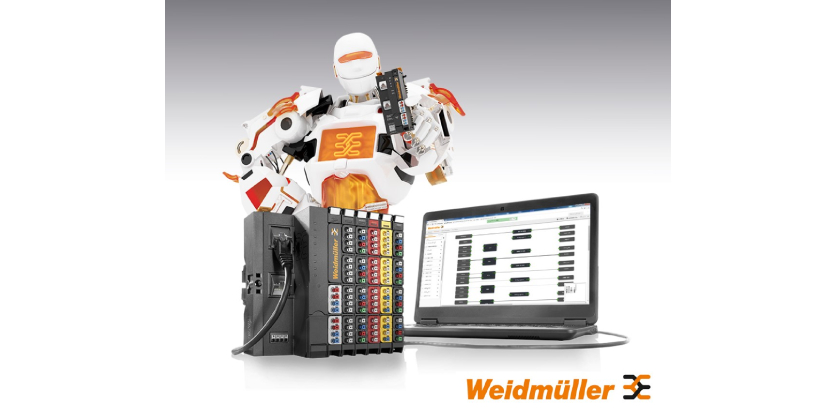New: Safe Protection Zone Monitoring of Robotics Applications from PILZ
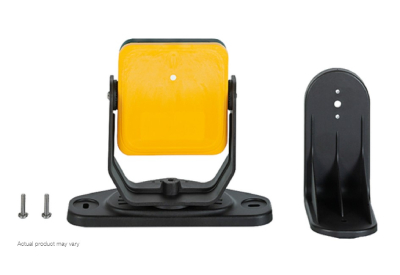
January 31, 2022
For safe protection zone monitoring of robotics applications, particularly in rugged environments, another sensor is now available for the safe radar system PSENradar: PSEN rd1.2 with the equally new analyzing unit PSEN rd1.0 I/O PS ETH, which covers Category 3 / PL d.
So, in conjunction with the modular safety relay myPNOZ, you have a safe, complete solution for safeguarding robotics applications. Example applications include rear access protection in metalworking, safe woodworking thanks to protection zone monitoring, using radar sensors to safeguard outdoor applications, and more.
Example applications
Rear access protection in metalworking
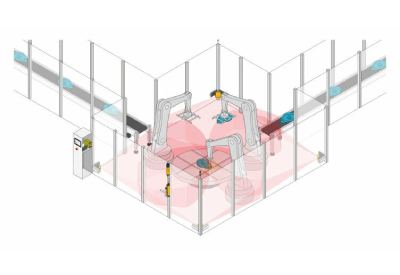
The safe radar sensor is typically used in heavy industry, where, for example, welding sparks, swarf, dust, bright light and vibrations prevail.
Whenever a robot cell is safeguarded, it is absolutely essential that rear access protection and a safe restart are guaranteed. PSENradar is not active while the robots are in operation.
Safe woodworking thanks to protection zone monitoring
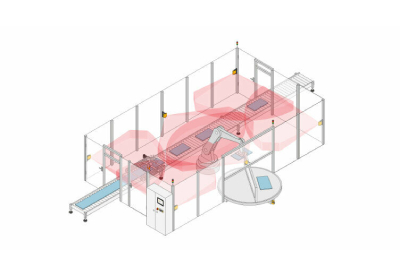
When woodworking, including when sawing, it is often impossible to use optoelectronic sensors due to dust and flying swarf.
In this case, safe protection zone monitoring, comprising PSENradar and PNOZmulti 2, represents the optimum solution for detecting people inside the danger zone. Various applications can be safeguarded simply thanks to individually designed protection zones.
Using radar sensors to safeguard outdoor applications
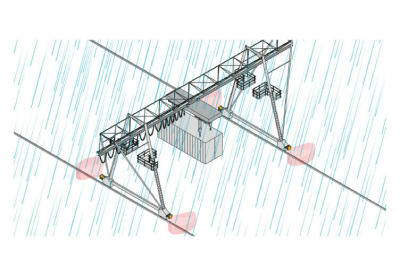
Particularly outside, protection zones can be monitored safely thanks to radar sensors, on a gantry crane or on lifting devices for example. High temperature differences are at play here, as well as humidity due to rain, snow or fog.
If gantry cranes move in a certain direction, the radar sensors are used to ensure that nobody is present in this area.
Watch this sort video to see safe protection zone monitoring of robotics applications in action
Learn more about PILZ’s product range: Safe radar sensors PSENradar and Accessories by clicking here


